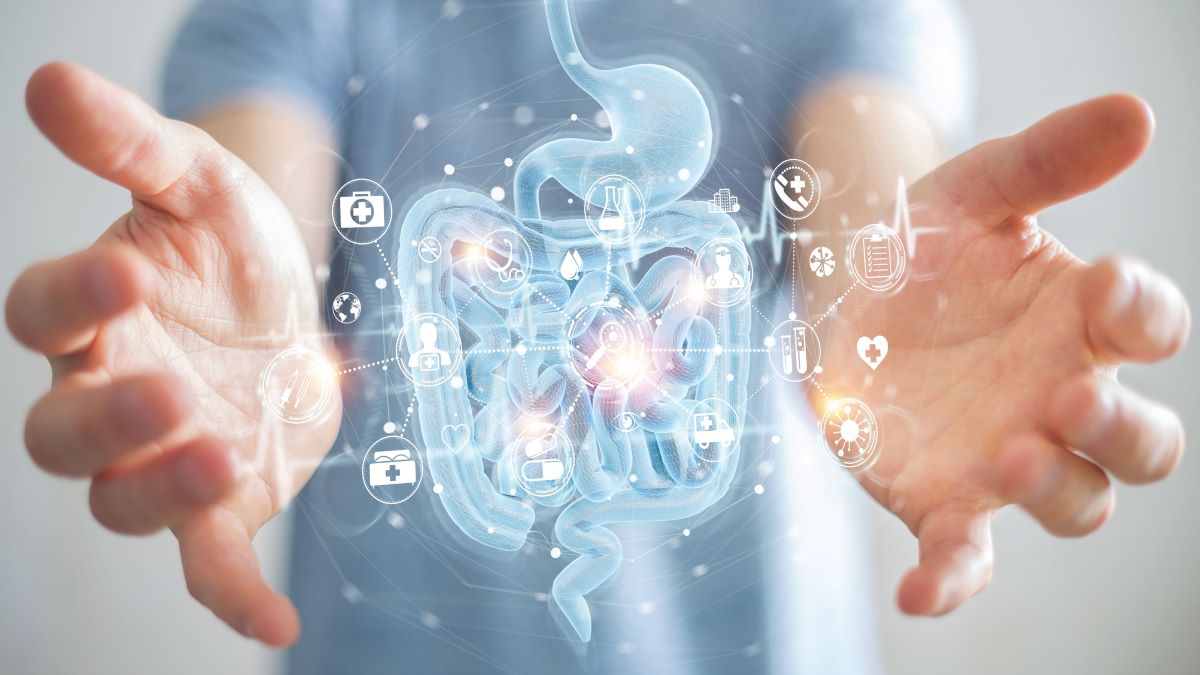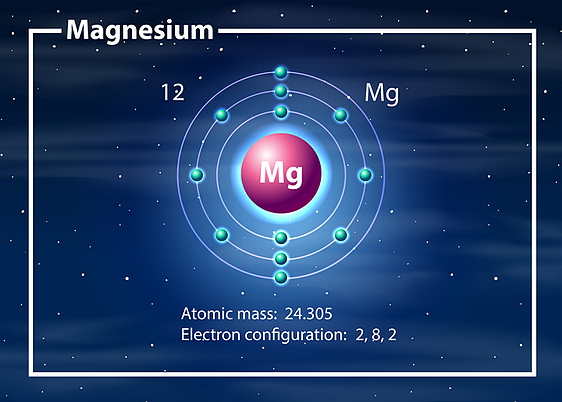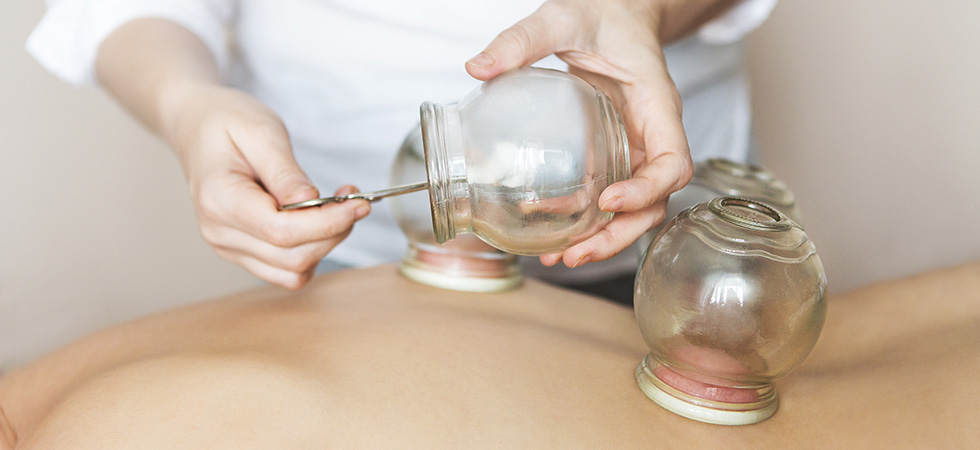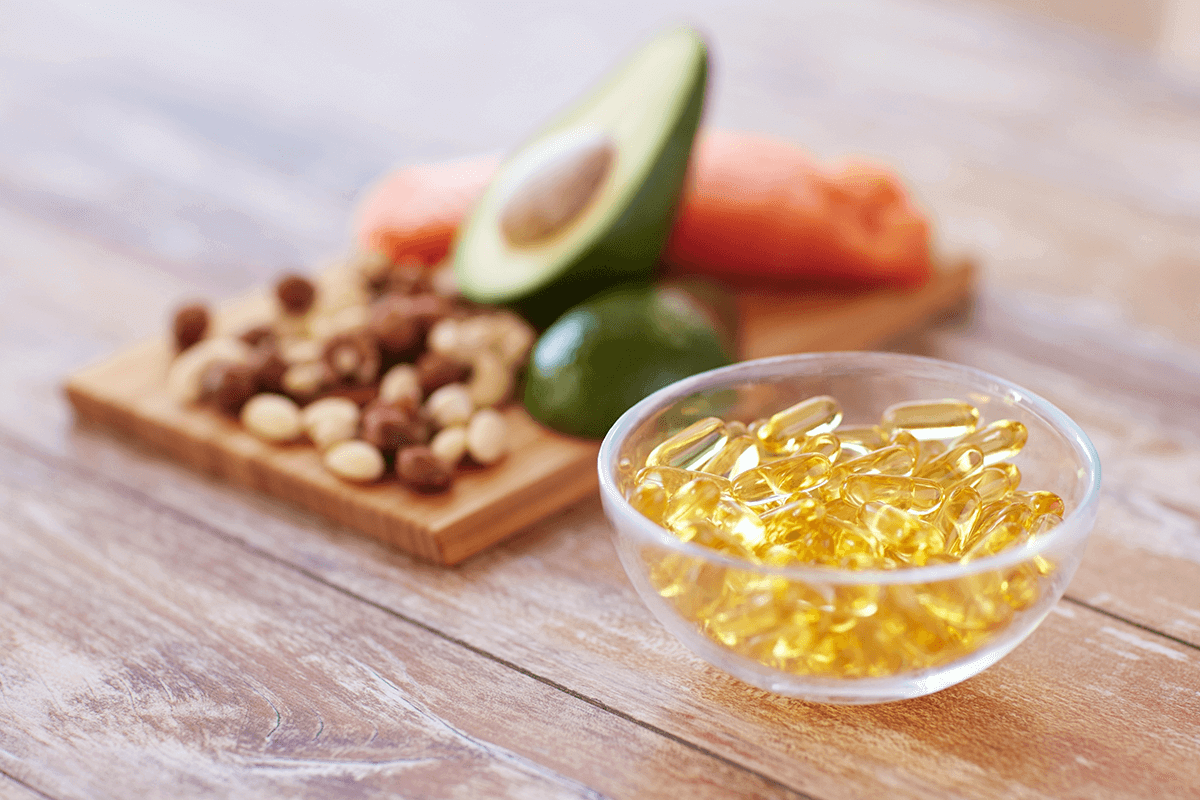
Restore gut health and improve joint pain
Osteoarthritis (OA) is the most common joint disorder in the United States, affecting over 32.5 million U.S. adults. It’s the most common musculoskeletal condition seen in any medical practice. The majority of patients are aged 60 or older. Painful knee arthritis, for example, occurs in 10% of men and 13% of women over age 60.1 How can a plan to restore gut health assist in joint pain and care? Traditionally, the causes of OA are older age, female gender, being…
Read More

You Should Embrace Genetic Testing
When DNA is tested, we have an opportunity to go “under the hood” of our health. Instead of focusing on specific lab test results — such as total cholesterol level or blood sugar level — we can get a more holistic look at where we have health strengths and weaknesses. Understanding the “why,” can help you and your doctor make a more informed decision as to how you are going to manage your elevated cholesterol level. Read the full…
Read More

How Does Fasting Work?
The practice of fasting dates back to the earliest humans. At a time when food sources were scarce and irregular, eating cycled between periods of hunger and feast. This cycle encouraged—and ultimately, evolved—the body’s ability to survive during periods of food scarcity. Read full article here How Does Fasting Work?
Small Intestine Bacterial Overgrowth
The small intestine is a harsh environment for bacteria. Some do thrive there, but the bulk of the gut bacteria are found in the colon. Read full article here. Small Intestine Bacterial Overgrowth

Transitioning Off a Keto Diet
While it is difficult to predict what physical effects a person will experience when transitioning off keto, here are some common effects to watch for — and how you can best support your body and immune system during this time. Read full article here

Magnesium, the Master Mineral
Magnesium is one of the most abundant intracellular cations in the body, second only to potassium. Foods such as spinach, pumpkin seeds and dark chocolate are loaded with magnesium, but more than half of the U.S. population’s diet does not meet the recommended allowance for magnesium. So, how does magnesium impact normal body functioning? What can be done to support healthy levels of magnesium? I take a closer look at the answers to these questions, and more, below. Read…
Read More

Cracking the Code on Cupping
Now popular among Hollywood celebrities and professional athletes, cupping is an ancient Chinese healing practice dating at least as far back as 1550 BC.1 While some researchers suggest that cupping, also known as myofascial decompression, and its efficacy may just be a placebo effect, this hasn’t deterred those suffering from chronic pain from seeking its healing powers. Let’s take a closer look at the practice of cupping, its health benefits, and the different types of cupping so that you can…
Read More

Intro to Summer Health Special
Live your best life this summer. Get started by taking advantage of one these great packages to a healthier and happier you. Intro to Summer Health #1 – $99 – 1 body slimming treatment with the FDA approved Zerona laser – 1 chiropractic health assessment to help you understand how to feel better both mentally and physically – 1 chiropractic treatment to alleviate the symptoms Intro to Summer Health #2 – $199 – 1 body slimming treatment with the FDA…
Read More

This Is How You Can Manage A Concussion With Supplements & Vitamins
The brain serves as the command center of the human body, managing the nervous system, sending signals to the body’s muscles, and receiving messages from the body’s sensory organs. (1) The brain’s white matter (the axons and dendrites of the nerve fibers) acts as the subway system of the brain, connecting different regions of grey matter and carrying nerve impulses between neurons. Read full article here

3 Benefits of Creatine
Creatine is a nitrogenous organic acid that helps supply energy to cells throughout the body, particularly muscle cells.2 Creatine makes up about 1 percent of the total volume of human blood.2 Between 1.5 and 2 percent of the body’s creatine store is converted for use each day by the liver, kidneys, and pancreas.3 It’s then transported through the blood and used by parts of the body for energy.3 The average person needs between one and three grams of creatine per…
Read More